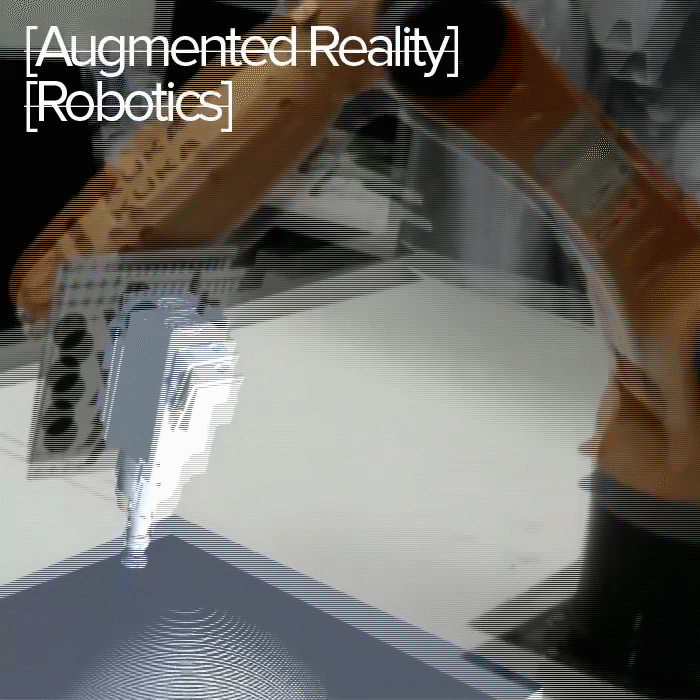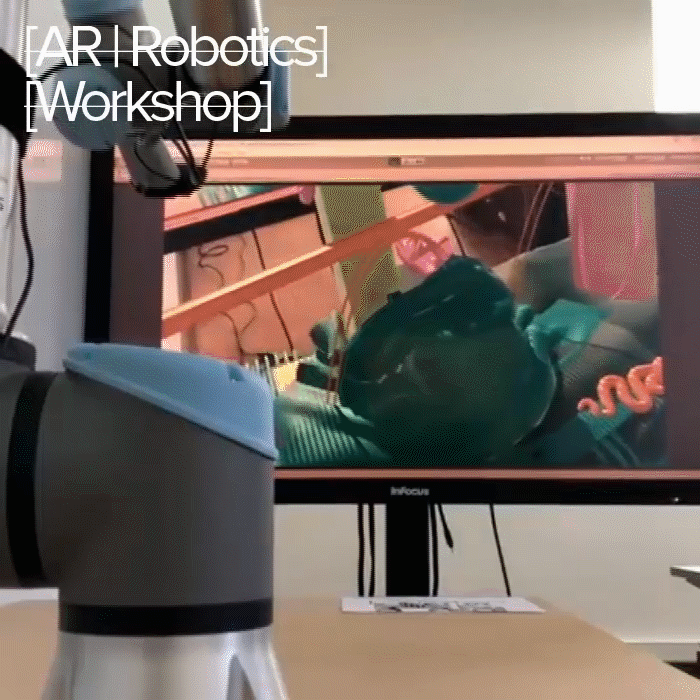




























Tangible Design Interface
Interactive Exhibition
Forth-year UG Seminar | Spring 2017
This study presents a mixed-method research design investigation that integrates a Hybrid Digital-Analog Software-Hardware protocol referred to as the No Keyboard, No Mouse
(NK-NM) platform. The NK-NM process uses both theoretical and applied research mechanisms to measure its influence on architectural design decision-making, knowledge exchange, student learning, aesthetics, and user experience in the context of an undergraduate
architectural design studio.
Observing a recognized gap in the current digital architectural design environments this paper details how the NK-NM protocol bridges this gap through an instructed hierarchical design process, customizable physical interface, and iterative simulation-based feedback loop.
The generative idea behind the No Keyboard/No Mouse (NK-NM) research contributes to the established culture of “instruction” in the design studio, where a framework of guidelines, limitations, and programmatic definitions inform the design solutions as both 2-, 3-, and 4-dimensional digital and fabricated outcomes.
The method proposed in this paper embeds the traditional vehicle for instruction between the instructor and students in the design software/hardware platform as a new design tool/device: NK-NM. The NK-NM research project improves upon earlier investigations, where design-researchers attempted to develop innovative design platforms that facilitated creative interactions between the designer and non-design oriented user groups. These previous studies deployed only enhanced digital design processes limited to software and algorithmic developments. The NK-NM research project, however, is not constrained by the software or digital design environment. Instead, it leverages existing design software and programming platforms to heighten user experience by formatively situating the user and the design platform within an interactive context that harnesses the “master-designer’s” knowledge and then connects it with qualities that can be tailored to define design parameters, rules, and controls.



